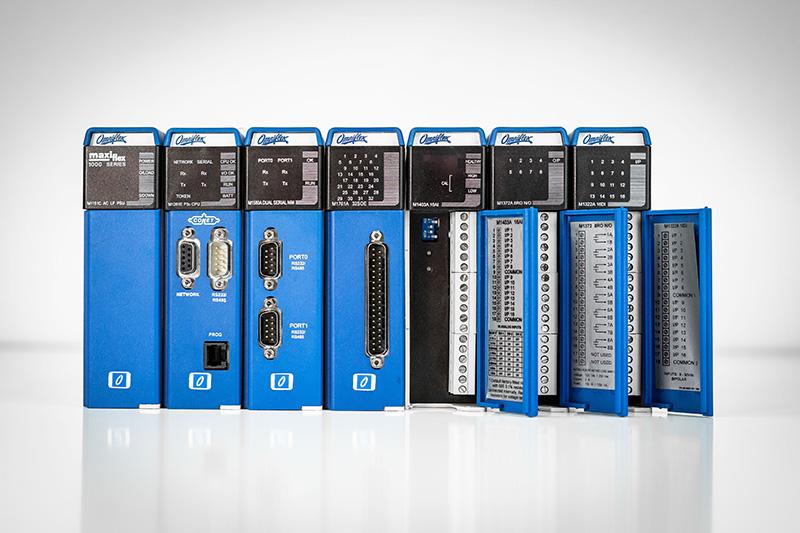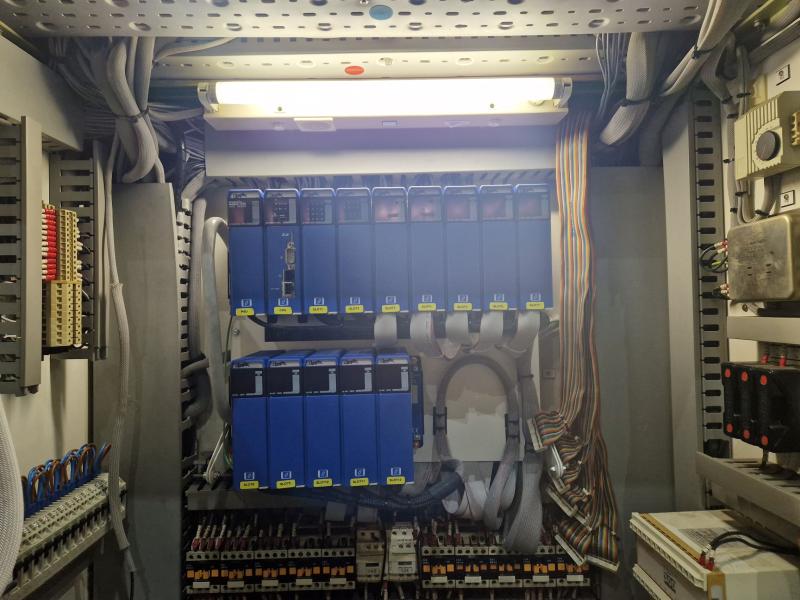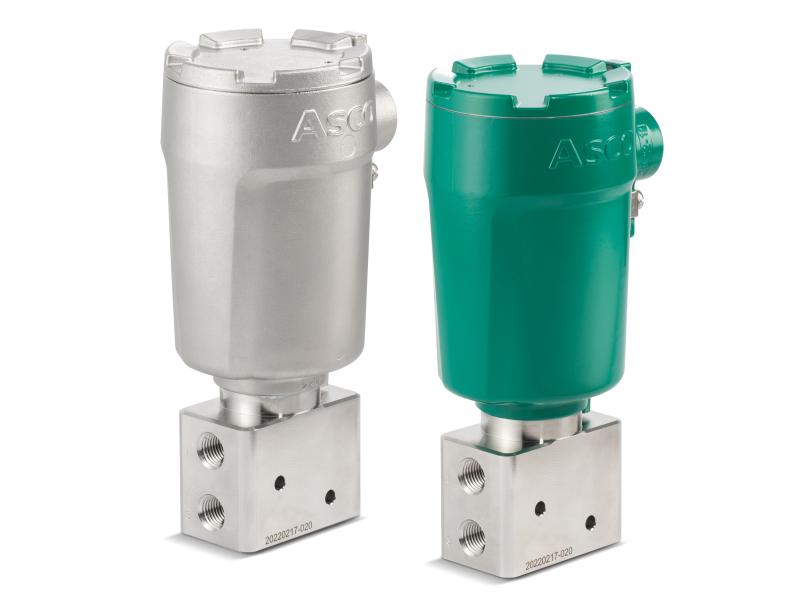~ How distributed alarm annunciator systems can help nuclear, petrochemical and oil and gas facilities comply with strict safety standards ~
Businesses in the nuclear, petrochemical and oil and gas sectors generally follow best practice guidelines like the EEMUA 191 standard when it comes to safety-critical alarm systems. However, as regulations increasingly require data acquisition and sequence of events capabilities for critical alarm systems, many plant managers are struggling to find a cost-effective way of keeping up. Here Gary Bradshaw, director of remote monitoring specialist Omniflex, discusses why installing a distributed alarm annunciator system might provide the solution to plant managers’ problems.
In high-consequence risk environments like the nuclear, petrochemical and oil and gas industries, the use of safety, health and environmental (SHE) alarms is a key part of best practice guidelines like the EEMUA 191 standard. One of the key requirements of the EEMUA 191 standard is that critical alarms must be easy to understand, promoting quick and effective operator responses. This is where traditional hardwired alarm annunciators come in as they promote easy of use and rapid responses.
Alarm annunciators are panel-based alarms that are hardwired directly into relevant safety-critical processes, where each window relates to a fixed alarm point from the sensor. If an abnormal event is detected, the relevant window on the panel lights up and the alarm emits a sound, immediately giving operators the necessary information to act.
It is common to still see alarm annunciators in use that were first installed in the 1980s and 1990s, such as Highland, Rochester, Robinson, Bristol Babcock, Clifford & Snell, Sentry and Londex systems, which are all no longer manufactured or supported and do not meet the current safety requirements. As a result, many sites suffer from obsolescence and support issues and must now upgrade their critical alarm systems.
Considerations for updating alarm systems
There are three key considerations for plant managers when updating their alarm annunciators. Firstly, it is crucial that they determine what alarms are classified as SHE alarms and that these are directly hardwired into the processes. This is essential because networked alarms can be susceptible to outages, meaning, if the network goes down, you lose all the alarms on that network. If alarms are individually hardwired, and you lose one wire, you only lose one alarm, and if this alarm is detected from a normally closed alarm contact, then a wire break would still be seen as an alarm on the annunciator window.
The second consideration is the importance of having each of the alarm windows on the annunciator panel permanently dedicated to a specific process, providing pattern recognition and familiarity for operators. This improves operator responsive times, which is an important part of safety standards.
Finally, all alarms should be suitably prioritised using an easy-to-understand system, such as colour coding each window to match the severity of the alarm it represents. This means that allows operators to have a clear order of priority in place for situations where multiple alarms go off, further aiding their chances of responding quickly and effectively.
Maximum flexibility
Omniflex’s Maxilarm alarm annunciator system offers a complete distributed modular alarm management system for critical plants. It incorporates features such as submillisecond time stamping at source, integrated analogue logging and remote Omni X LED alarm fascias, to meet EEMUA 191 guidelines. These features allow the Maxilarm system to provide a dependable layer of plant protection and early diagnostics of faults in real time.
The Maxilarm system can be configured using standard 24 vdc and 48 vdc input modules and has specialist sequence of event digital input modules. These ensure all the digital inputs are time stamped in real time to a resolution of sub one millisecond, which is the fastest on the market. This is ideal in facilities where the potential for multiple simultaneous alarms is high and it is important for operators to know the chronological order of alarm alerts. This also improves data auditing and event analysis capabilities.
To find out more about Maxilarm, visit www.omniflex.com/products/M1264A.






